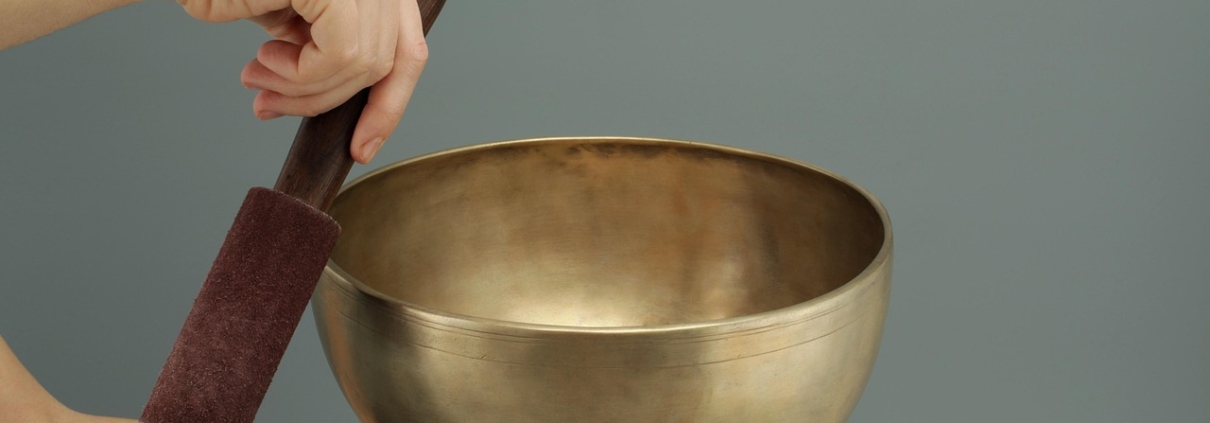Choosing the Best Anti Vibration Pads for Residential Use
In our modern world, where machines and appliances are integral to daily life, it’s easy to overlook the simple yet effective solutions that can improve their performance. One such solution is the humble anti vibration pad. Whether you’re dealing with noisy washing machines, loud HVAC systems, or heavy-duty machinery, these pads can be a game-changer. Let’s dive into the benefits of anti vibration pads, how they work, and why they are an essential investment for any home or business.
What Are Anti Vibration Pads?
At their core, anti vibration pads are specialized materials designed to absorb and reduce vibrations generated by machines, appliances, and heavy equipment. These pads are typically made from rubber, silicone, or foam, all of which have excellent shock-absorbing properties. The purpose of these pads is to mitigate the transmission of vibrations, which can cause noise, wear and tear on equipment, and even damage to floors or surfaces.
The primary function of anti vibration pads is to act as a buffer between the equipment and the floor. When placed under machines, they absorb the shock created by the equipment’s movement, preventing vibrations from traveling through the building or workspace. This simple solution can make a huge difference, whether you’re looking to reduce noise in your home or increase the lifespan of industrial machinery.
The Key Benefits of Anti Vibration Pads
1. Noise Reduction
One of the most immediate and noticeable benefits of using anti vibration pads is the reduction of noise. Machines, especially large appliances like washing machines, air conditioners, and refrigerators, can produce a considerable amount of noise due to the vibrations they generate. When these vibrations aren’t contained, they can spread throughout the building, creating an uncomfortable environment.
By installing anti vibration pads, you can significantly lower the sound levels coming from your equipment. This is especially beneficial in homes with open floor plans or in apartment buildings where noise can easily travel between floors.
2. Protecting Floors and Surfaces
Vibrations can cause substantial wear and tear on floors, particularly on hardwood or tile surfaces. Over time, these vibrations can lead to cracks, dents, and other damage, especially if heavy machinery is used regularly. Anti vibration pads help prevent this by absorbing the shock and protecting the surface beneath.
This is particularly important in industrial settings where large machines or equipment are in constant use. Even in residential homes, placing an anti vibration pad under your washing machine can save you from the cost of costly floor repairs in the long run.
3. Increased Equipment Lifespan
Another significant benefit of using anti vibration pads is the extended lifespan of your equipment. Machines that are subjected to constant vibrations are more likely to experience mechanical wear and tear. Over time, these vibrations can cause parts to loosen, crack, or become misaligned.
By installing anti vibration pads, you reduce the amount of stress placed on your equipment. This can lead to fewer breakdowns and a longer lifespan for your appliances or machinery. In the case of heavy-duty industrial equipment, the cost savings from extending the life of the machines can be significant.
4. Improved Machine Performance
Vibrations don’t just affect the durability of your equipment—they can also impact its performance. When a machine is shaking or vibrating excessively, it can lead to imbalances, which may cause inefficiency or malfunction. This is especially true for precision equipment, where even minor vibrations can affect the outcome of the work.
By using anti vibration pads, you can ensure that your equipment runs smoothly, improving its overall performance. This is particularly beneficial in settings where accuracy and precision are essential, such as in manufacturing or laboratory environments.
Types of Anti Vibration Pads
Not all anti vibration pads are created equal. There are different types designed for specific applications, depending on the level of vibration and the environment in which they’ll be used. The most common types include:
- Rubber Pads: These are the most widely used for general-purpose applications. Rubber has excellent shock-absorbing qualities and is effective for most household appliances, such as washing machines, refrigerators, and air conditioners.
- Silicone Pads: Silicone is a more durable material, capable of withstanding higher temperatures and more intense vibrations. These pads are often used in industrial settings or for larger, heavier equipment.
- Foam Pads: Foam is typically used for lighter applications or for use in more sensitive environments. Foam pads are softer and less durable than rubber or silicone but still offer significant vibration absorption.
Choosing the right type of anti vibration pad depends on your needs and the equipment you’re using. For residential use, rubber or foam pads will usually suffice, while industrial applications may require silicone-based pads for enhanced durability and performance.
Installation and Maintenance of Anti Vibration Pads
Installing anti vibration pads is a relatively simple process, but it’s important to ensure they are properly placed to get the maximum benefit. For household appliances like washing machines or refrigerators, you should place the pads directly beneath the feet of the appliance. Ensure that the pads are centered and that the appliance is level to prevent uneven wear on the pads.
In industrial settings, anti vibration pads may be part of a more complex system, such as vibration isolation mounts. These systems may require professional installation to ensure optimal effectiveness.
The maintenance of anti vibration pads is minimal, but it’s a good idea to periodically check them for signs of wear or damage. Over time, the pads may degrade, particularly if they’re exposed to heavy usage or harsh environmental conditions. Replacing worn-out pads is crucial to maintaining the performance benefits.

Conclusion
Incorporating anti vibration pads into your home or workplace can have a profound impact on your environment. From reducing noise and protecting your floors to enhancing the performance and longevity of your equipment, these pads provide an affordable and effective solution for a range of applications. Whether you’re trying to get a good night’s sleep without the hum of a washing machine or ensure your heavy machinery runs smoothly for years to come, anti vibration pads are a smart investment that pays off in comfort, savings, and efficiency.
By understanding the key benefits and types of anti vibration pads available, you can make an informed decision and enjoy a quieter, more efficient, and longer-lasting machine experience.




Leave a Reply
Want to join the discussion?Feel free to contribute!